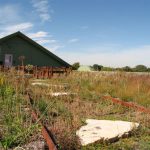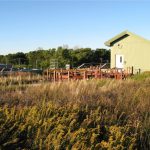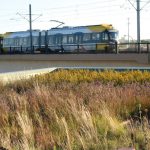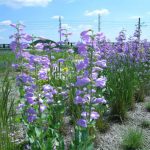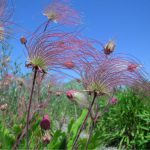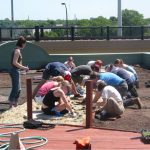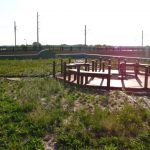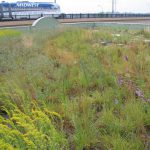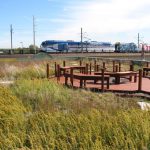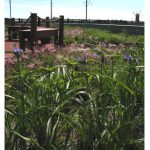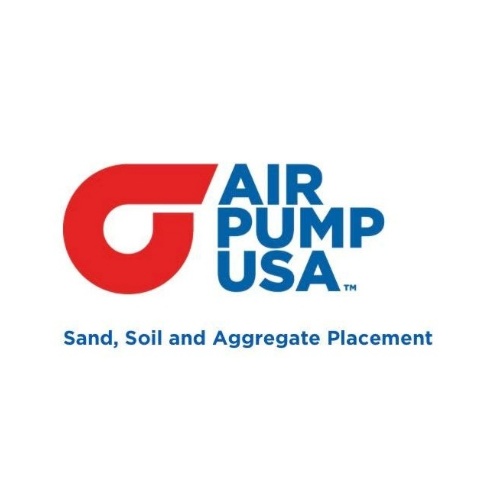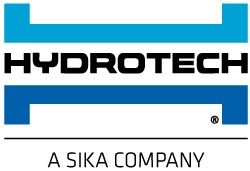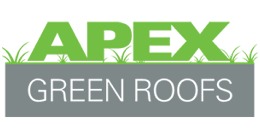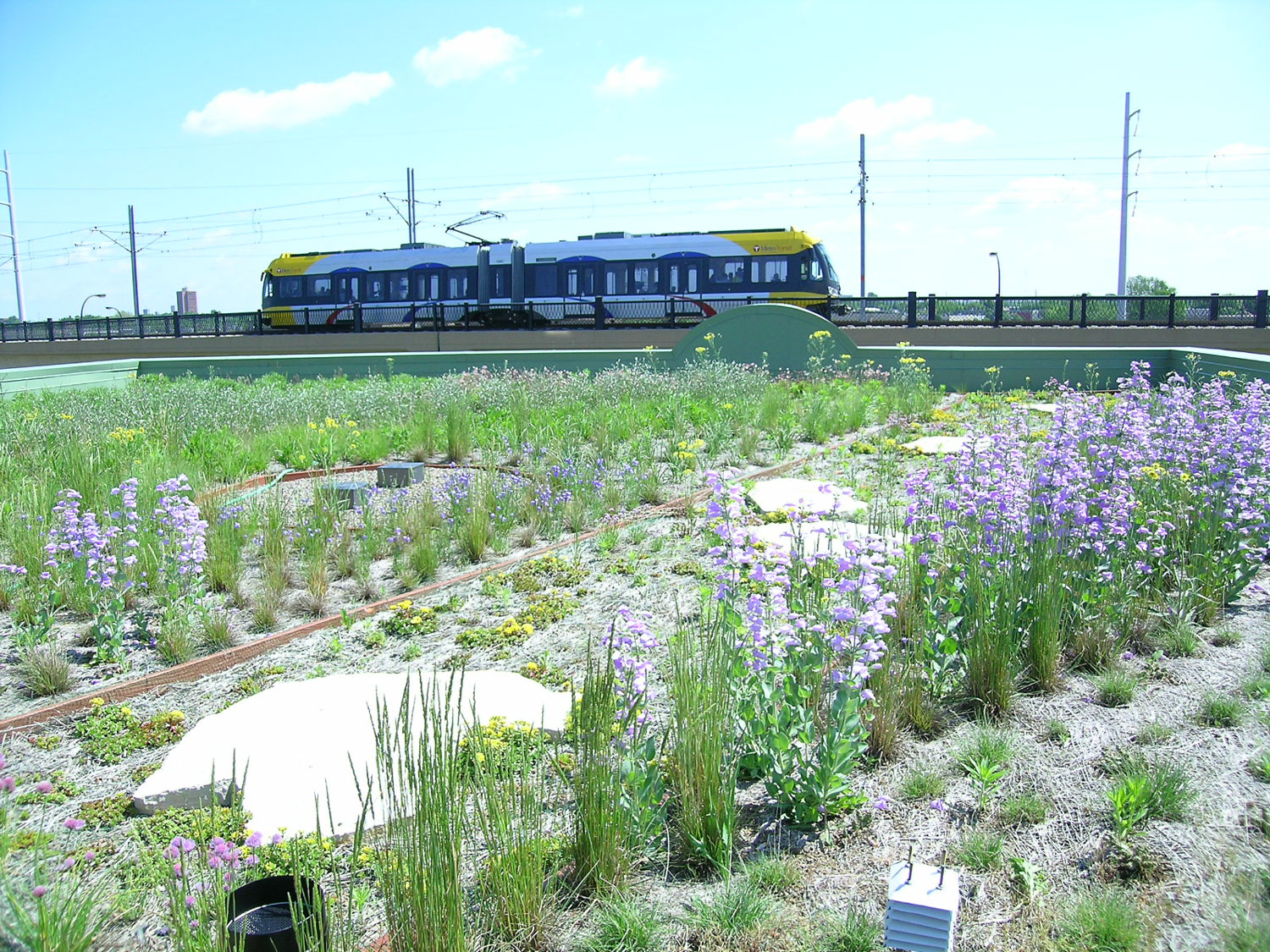
Additional Resources
The Greenway Office Building is the former Phillips Eco-Enterprise Center; visit Wellington Management.
Read about the following companies in The Greenroofs.com Directory: American Hydrotech and Emory Knoll Farms / Green Roof Plants.
For additional project info, contact L. P. MacDonagh of the Kestrel Design Group at 952-928-9600.
Case Studies
See an extensive case study including plant lists in Green Roofs in Sustainable Landscape Design, 2008, by Steven L. Cantor on pages 158-162.
News
The Green Rooftop at the Greenway Building from Clean Energies Resource Teams.
The Greenway Office Building “epitomizes a “green” building both in design and location. Built in 1999 by the Green Institute, the Greenway Office Building includes a photo voltaic (solar) panel array to reduce electrical consumption, a geothermal heating/cooling system to reduce energy consumption, a green roof/rooftop garden and native prairie grass lawn to enhance rain water retention and eliminate the need for lawn irrigation, (Wellington Management, 2015).
*Note: The Green Institute is no longer at this address, and the name of the building has been changed from the Philips Eco-Enterprise Center to the Greenway Office Building.
“The Phillips Eco-Enterprise Center (PEEC) is The Green Institute’s flagship and a national model of comprehensive sustainable design. The building was a pilot for and helped inform the creation of the United States Green Building Council’s Leadership in Energy and Environmental Design (LEED), which has in the last ten years risen within the green building movement as the preeminent national green building standard,” (The Green Institute website, now defunct).
The Phillips Eco-Enterprise Center was constructed to serve as a model for comprehensive sustainable green building design. The green roof project provides the opportunity to both demonstrate and research the benefits of green roofs including; reductions in storm water runoff, increased lifespan of the roof materials, and a comparison of temperature above the green roof versus that above a traditional gravel ballast roof. A volunteer group helped to plant species native to Minnesota’s bedrock bluff prairies (a habitat template similar to that found on extensive green roofs) alongside more traditional European green roof sedums in order to compare plant survival and establishment rates.
This research will help to identify native plant species that are suitable for green roofs in the American Midwest. Stormwater runoff, roof membrane lifespan, and air temperature 6″ above the roof surface are also being monitored on the green roof and an adjacent bituminous roof to quantify the environmental benefits of this green roof system.
Over 150 volunteers participated in the green roof installation during the summer of 2004 (planted in early June). Two plugs were planted per square foot in 2-6″ of green roof growing medium. Stormwater runoff and air temperature are being monitored on the green roof an adjacent bituminous roof to quantify the environmental benefits of this green roof system.
 Greenroofs.comConnecting the Planet + Living Architecture
Greenroofs.comConnecting the Planet + Living Architecture
